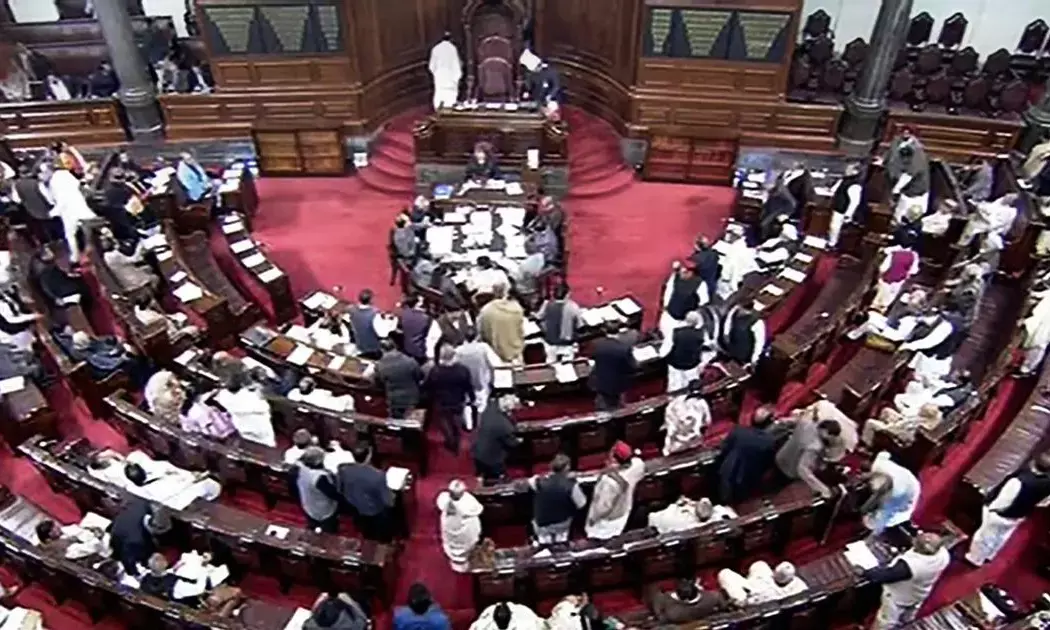10% Reservation Will Spoil the Game for the NDA - And for Us All
Indian society is too unequal and hierarchical to be reduced to income

The ten percent reservations ladled out to the economically weaker sections of the people, including those in the upper castes, has been politically decoded by the media majority as a game changer for the NDA.
More likely it will prove to be a game spoiler for the ruling coalition in the forthcoming elections, and will be seen as placebo politics of gratuitous intent. The proposed policy is fraught with problems political, philosophical, strategic and practical, even though both Houses of Parliament have passed it ‘in haste’.
When reservation was introduced into the Constitution by the framers, they had weighed in the caste-based social inequality caused by years of exploitation and exclusion. Reservation for people of the Schedule Castes and Tribes was meant to enable parity, restore justice and ensure fairer and proportionate representation.
It was not based on economic criteria, although the social status of SCs and STs coincided with their economic positions in society.
The second phase of reservation, provided for the Socially and Educationally Backward Classes (SEdBCs) in the 1990s by V.P.Singh’s government, factored in the complexity of Other Backward Classes (OBCs) constituting the majority of Indian society, at 54 percent.
OBCs are above the so-called pollution line, but remain much below the upper castes in social and economic status, and suffered from very low representation, incommensurate with their share of the population. They were given 27 percent of the reservation in conformity with a Supreme Court order capping total reservation at 50 percent, leaving half for the unreserved ‘general’ category.
Again, money was not the criterion.
To take the economic criterion for social justice is apparently a progressive idea many Marxists would endorse. Interestingly, the Finance Minister called upon the Communist Members of Parliament to support the move, talking of the poor.
But it is an ideological paradigm shift India is not yet ready to embark upon. May we ask the NDA to do away with reservations altogether and create a welfare state where all poor people will be taken care of?
Indian society is too unequal and hierarchical for us to dismiss the inequalities and power disparities, both in social and economic terms, and simply trust wealthy and powerful institutions to provide for everyone fairly.
Further, reservation was intended to give due representation to the excluded communities - it has yet to succeed in this even for STs, SCs and OBCs, and the upper castes have certainly not suffered from exclusion.
Instead, the poor in the unreserved ‘general category’ could be given family income support, economic assistance like scholarships to enable their access to equal opportunity.
The government has cluttered the concept and rationale for reservation, which is “inclusion into the processes of education and jobs”. It has compounded the confusion by suggesting that the 50 percent ceiling on reservation imposed by the Supreme Court does not apply to non-caste based reservation.
If it is so, then reservation so far covers only 22.5 percent (SCs+STs) as the other 27 percent is meant for SEdBCs, not castes. And if the government goes beyond 50 percent, the OBCs which are being equated with SEdBCs will demand 54 percent reservation in consonance with their number.
Their demand and others’ may spiral out of control with each passing day and parliamentary elections approaching. It will stir up confusion, contradictions among stakeholders, and anxiety among those hoping to benefit from this policy, as increasing demands become unmaintainable and the policy unimplementable.
Finally there is the practical problem, if government were to implement such reservation after taking it past judicial scrutiny. There is no up-to-date survey of how many families have less than 8 lakh annual income (taking just one criterion) to qualify for this reservation.
By the government’s logic they should be 10 percent of the unreserved population. That doesn’t seem to be the case. If we go by existing records and the Report of the Arjun Sengupta Committee, such an income ceiling may include almost 95 percent of the population. 10 percent reservation for 95 percent people is difficult to explain.
The other irony of this criterion is that people earning above 2.5 lakh per annum pay income tax - so how can people earning up to 8 lakh be treated as economically backward?
Before fixing a percentage, the government should have ascertained the number of potential beneficiaries. That is the basic principle of planning or policymaking.
As the policy defies political as well as governance logic, one is constrained to assume that it is part of an electoral move. The NDA government seems to have calculated that no party will oppose reservation at this stage, especially if it includes the upper castes.



